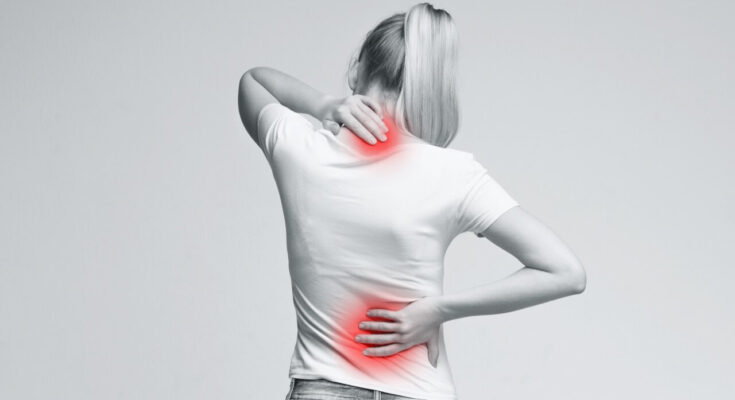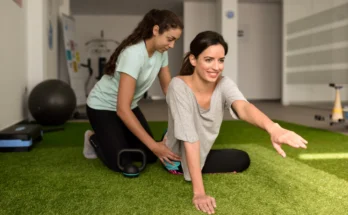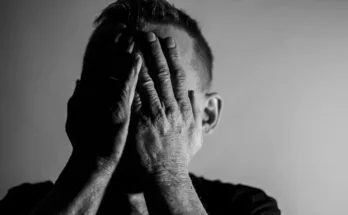We all experience sore muscles at some (and sometimes many) points in our lives. Most people believe that the onset of muscle soreness occurs as a result of overexertion or injury during physical activities such as exercise. Pain O Soma 350 Mg causes muscle relaxation. Effectively relieves pain.
While this is a common cause of muscle soreness, there are many other reasons you may be experiencing aches and pains throughout your body; even those of us who lead more sedentary lives can experience sore muscles.
Every day, as physiotherapists, we evaluate and treat muscle pain.
This blog post will go over five reasons why your muscles are sore.
Physical activity or strenuous exercise
Starting a new workout or exercise routine can be hard because our muscles haven’t yet gotten use to the extra work that these activities require.
Muscle soreness is common and, to some extent, normal, especially when introducing something new to your body. Most likely, aches and pains in the muscle groups you work out mean that your muscles are getting stronger and adapting to your fitness plan.
A mild case of sore muscles is a natural result of almost any type of physical activity and is not always an indication that you should stop doing what you’re doing.
However, the symptoms of DOMS can be excruciatingly painful at times, making it difficult to reach overhead, put on socks, or bend down to the floor. These symptoms will fade quickly after their 48-hour peak, but take this as a sign that you should continue exercising at a lower intensity. Too much pain after working out can make it hard to keep going, which goes against the goal of getting stronger and fitter.
Injury
Without treatment, most muscle pain will resolve within a week. When muscle pain lasts more than a week, it is time to seek medical attention.
Contusions (bruising), laceration, and traumas can all cause muscle damage (such as car accidents or sports injuries). A muscle tear is known as a strain, and it is classified into three levels of injury.
A first-degree strain is extremely mild and may heal on its own. The pain, bruising, and muscle stiffness and weakness associated with a second-degree strain are moderate. This level of injury responds extremely well to physiotherapy treatment to aid in recovery. Finally, a third-degree muscle strain is a complete tear, indicating that something is wrong. Pain, significant bruising, and a loss of strength and mobility in the affected limb are all symptoms of this level of muscle tear. Medical evaluation is require to determine whether surgery or immobilization is required during the initial healing phase, and physiotherapy is introduced to guide the recovery when ready. Physiotherapy is a great way to help your muscles heal and reduce pain. Find out more about physiotherapy for muscle aches and strains.
Stress
Many studies show that people who live more stressful and demanding lives are more likely to experience aches and pains than those who do not. When you are stress, your body releases stress hormones, which cause muscle tension and pain sensitivity.
Stress-related muscle soreness can affect any muscle or group of muscles in the body. The pain can move randomly to different muscles or groups of muscles all over the body at any time.
Stress and pain have a complicate relationship, and it can be difficult to figure out where it all began and how to break the vicious cycle. Stress makes it hard to sleep and breathe well, which makes your muscles hurt and stiffen.
Physiotherapists are frequently involve in the management of pain and its relationship to stress.
Identifying the source of stress and implementing positive change are critical to feeling better. Muscle pain is reduce by good stress management, and stress is reduce by good pain management.
Deficiencies in vitamins and minerals
According to research, muscle soreness is frequently a symptom of a deficiency in certain vitamins in our bodies. Vitamin D levels are now routinely test as part of annual medical exams, and we are frequently advise to take vitamin D supplements to maintain healthy levels. For the most part, this is simple: take those supplements on a daily basis and maintain a healthy exercise regimen to keep muscles flexible and strong.
Vitamin D is also necessary for good bone health. A lack of vitamin D impairs our bodies’ ability to absorb the mineral calcium from our diet. In this instance, the body obtains calcium from the bones (which eventually leads to weaker bones). Osteopenia is the medical term for the onset of weaker bones, which progresses to osteoporosis. Although osteoporosis is thought to cause pain only when a fracture occurs, it is possible that when both health and bone health are poor, the muscles that attach to the bones are not as well support and can become weak and sore.




